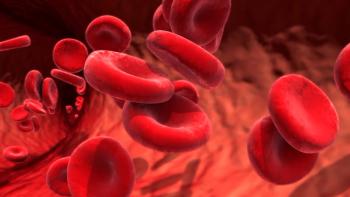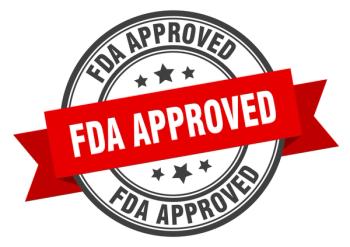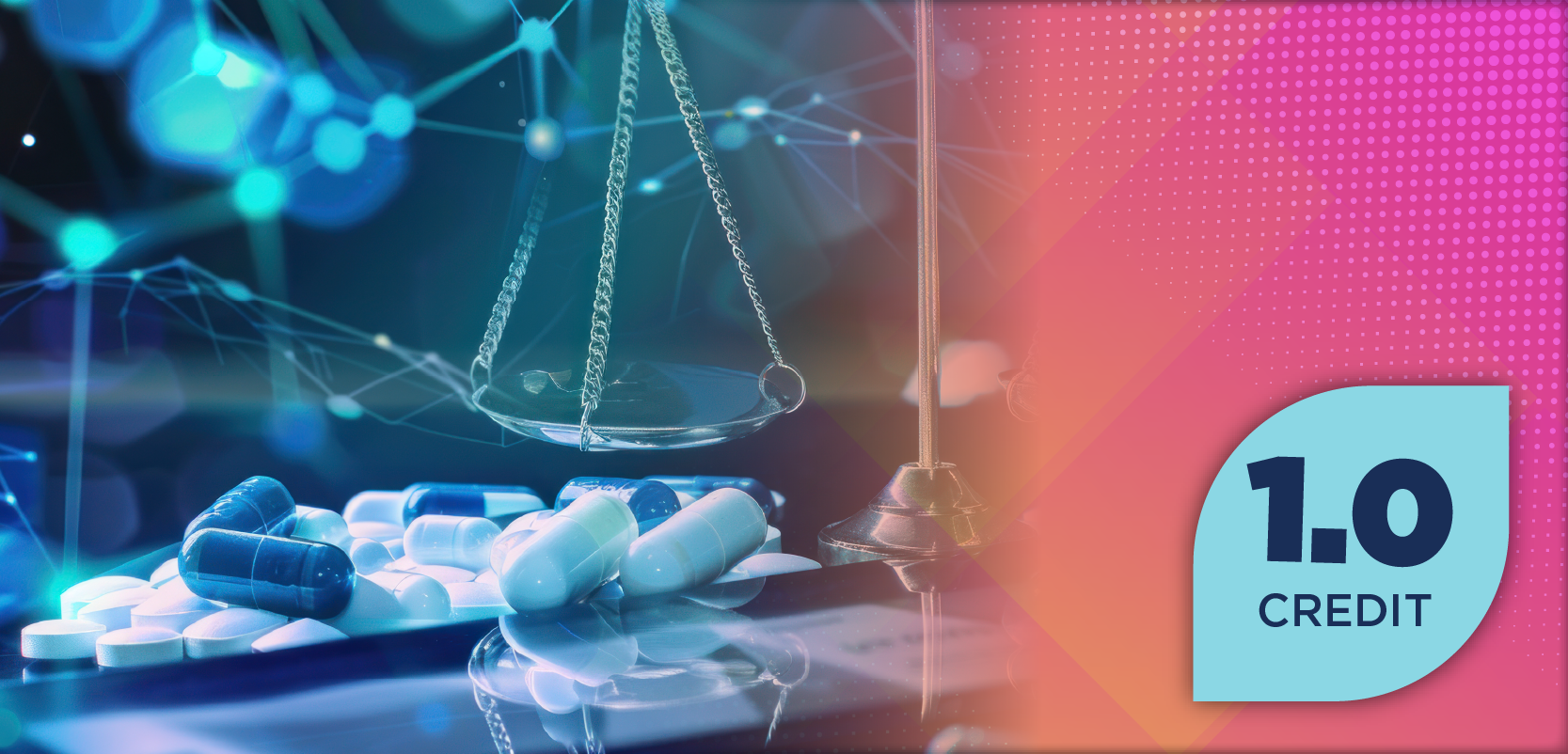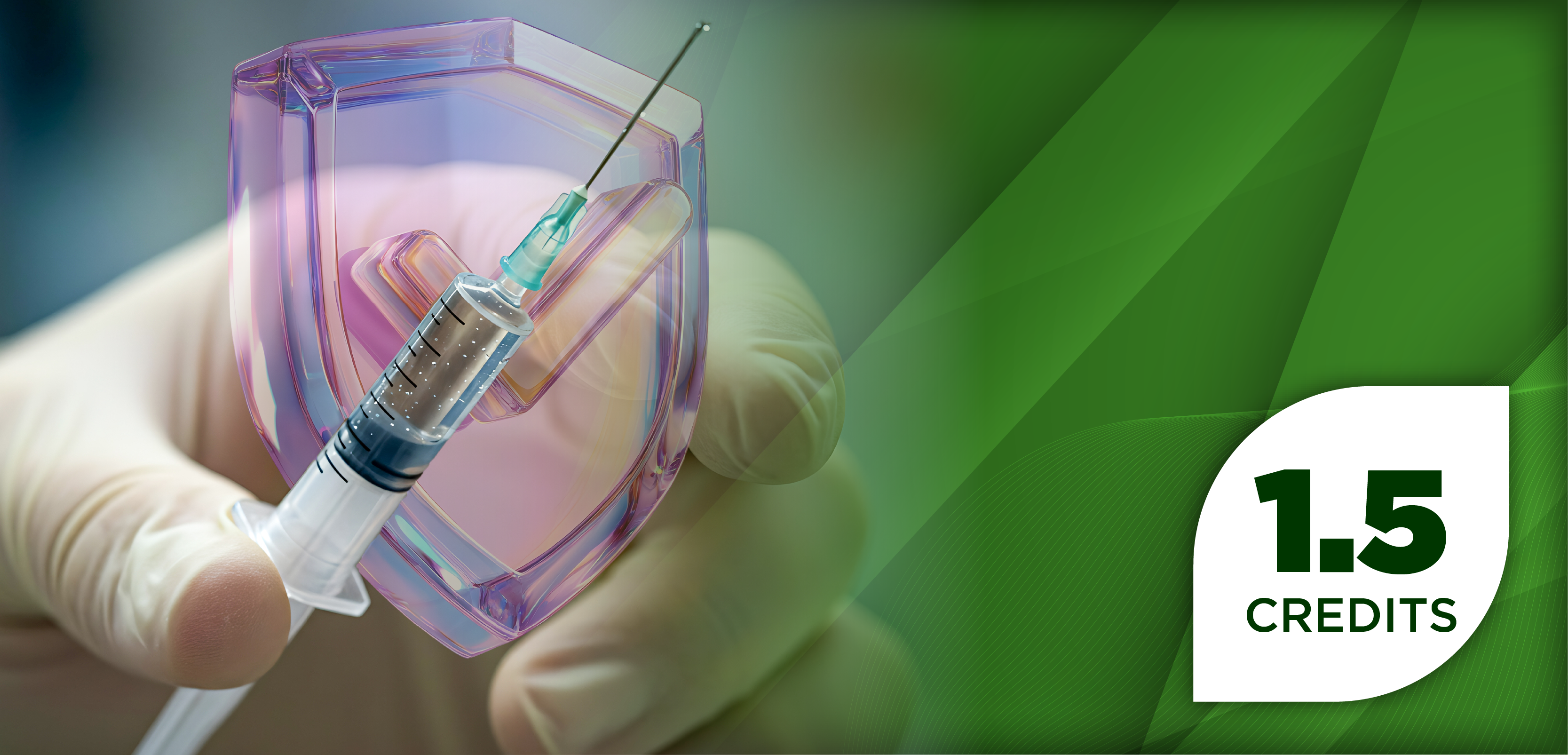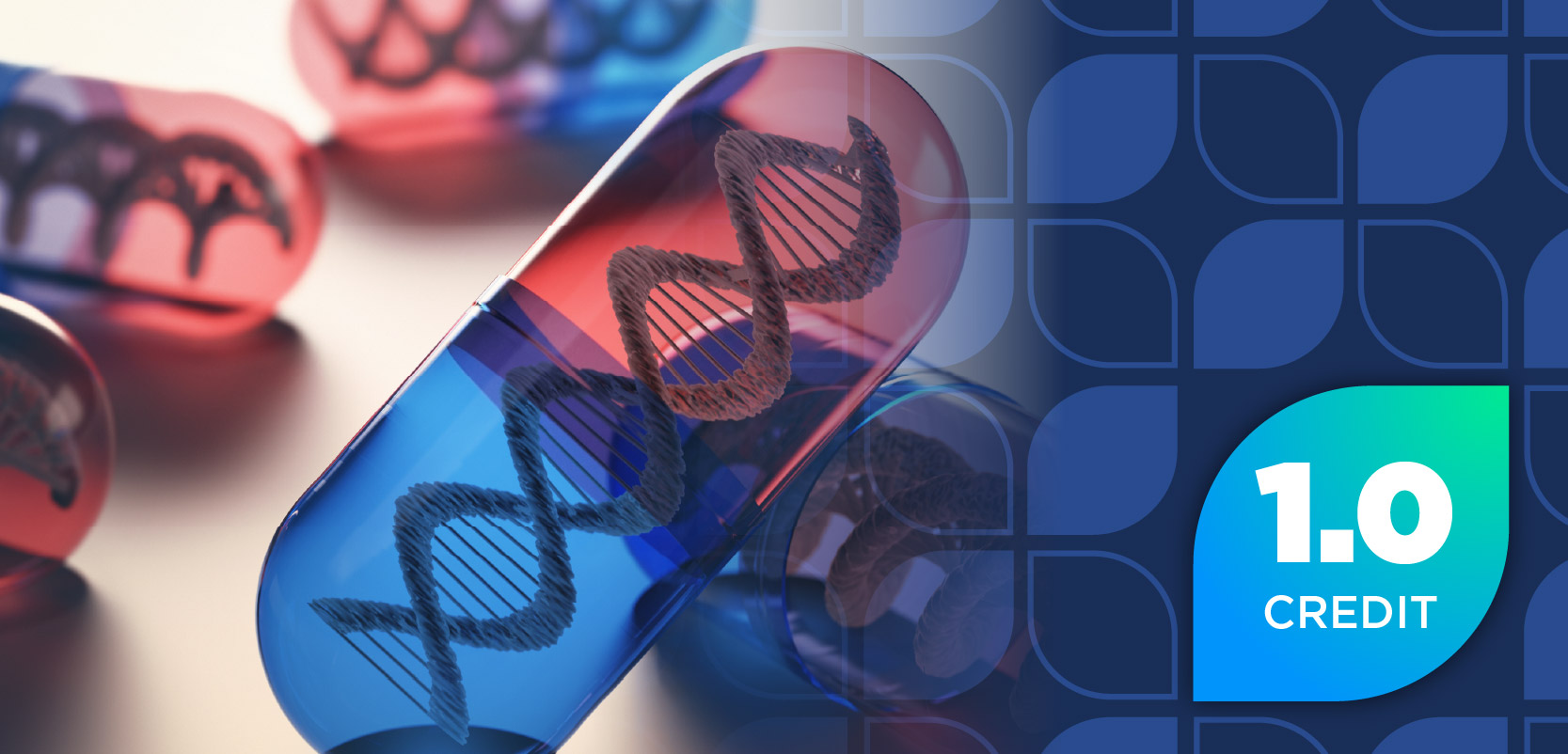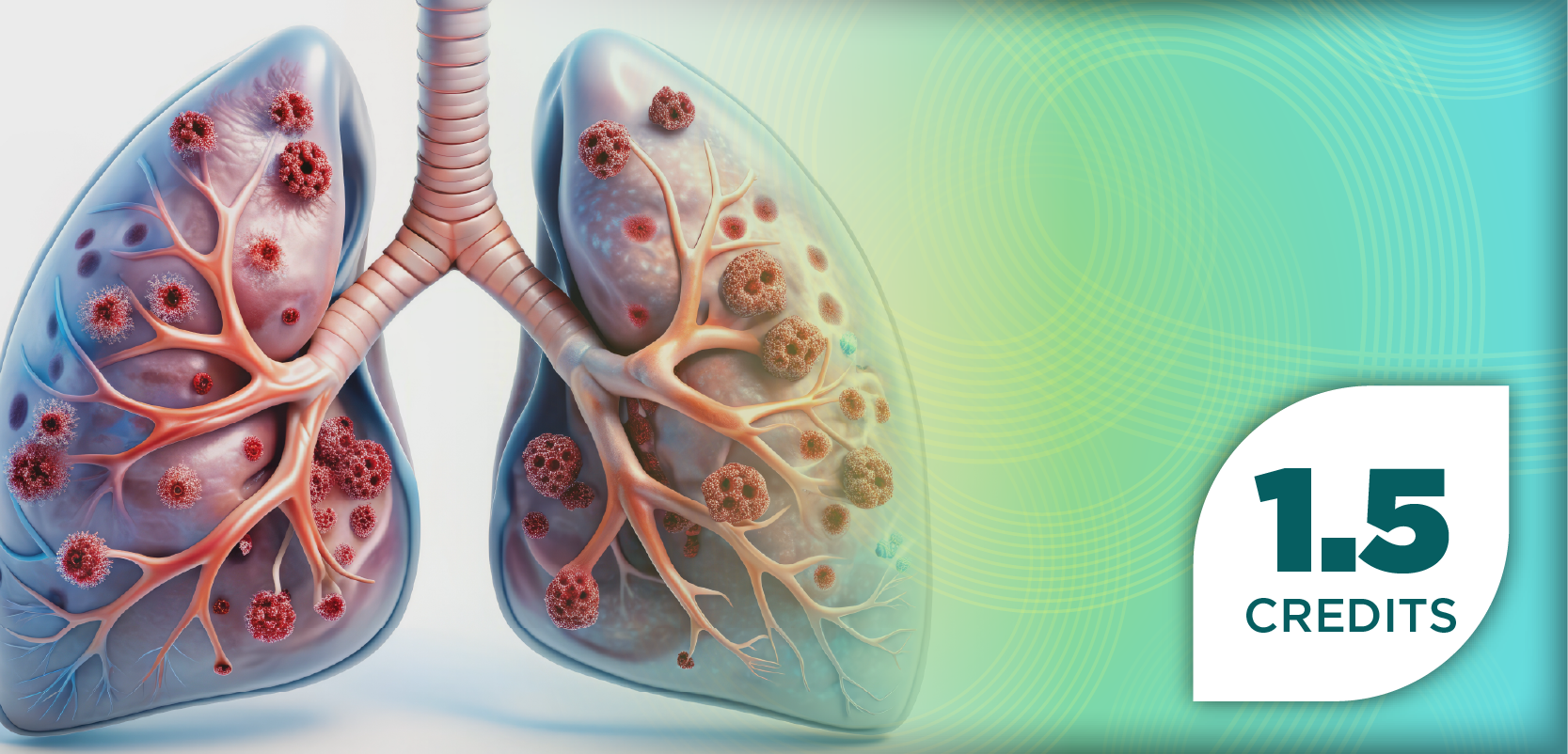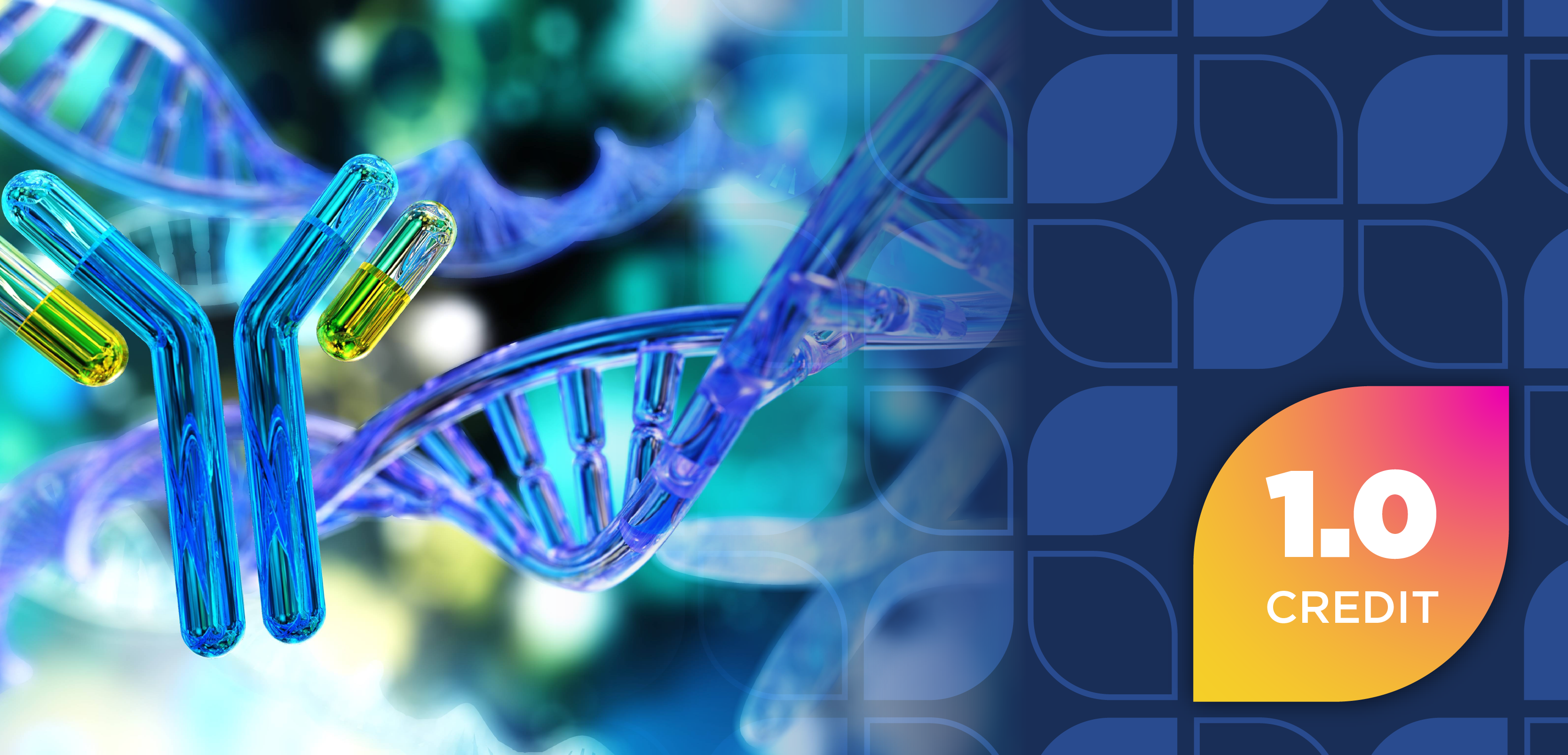
FDA Moves to Restrict 7-OH Opioid Products
Key Takeaways
- The FDA aims to schedule 7-OH as a Schedule 1 substance due to its high potency and abuse potential.
- Synthetic 7-OH products can contain up to 98% 7-OH, significantly increasing health risks compared with natural kratom.
The FDA targets 7-hydroxymitragynine, a potent kratom derivative, as a controlled substance due to its opioid-like effects and rising health risks.
In July 2025, the FDA announced that 7-hydroxymitragynine (7-OH), a strong form of the kratom plant, should be scheduled as a Schedule 1 controlled substance under the Controlled Substances Act. With this action, the FDA is targeting fake or enhanced types of 7-OH, not the typical kratom leaf itself, which only contains a small amount of 7-OH.1
Natural kratom (Mitragyna speciosa) often has less than 2% 7-OH by total alkaloid amount. New man-made or partly man-made products sold as gummies, tablets, drink shots, or sweet cones may have up to 98% 7-OH, making them much stronger and riskier.2 Early studies show that 7-OH can cause breathing issues at over 3 times the strength of morphine. Other investigations have found around a 10-to-13 times higher rate of binding to mu-opioid spots with 7-OH than morphine.3,4
Studies on animals and lab tests show that 7-OH comes from mitragynine because of liver enzymes called hepatic cytochrome P450. It has most of the opioid effects of mitragynine when it works in the body. Although mitragynine acts in an abnormal way, 7-OH acts in a typical opioid fashion. This includes effects that can be stopped by naloxone, the risk of becoming tolerant or dependent, and having the same needs when using morphine.5
FDA and Government Actions
After a report and risk check on 7-OH by the FDA that took place in July 2025, 7 firms received warning notes for illegally selling and marketing strong 7-OH items as “dietary supplements,” food, or unapproved drugs. These warnings stressed that 7-OH can’t legally be in food or supplements and that selling it this way violates the law.6
“Today, we’re taking action on 7-OH as a critical step in the fight against opioid addiction,” Secretary of the Department of Health and Human Services Robert F. Kennedy Jr said in a news release accompanying the news.
“Vape stores are popping up in every neighborhood in America, and many are selling addictive products like concentrated 7-OH. After the last wave of the opioid epidemic, we cannot get caught flat-footed again," Marty Makary, MD, MPH, said in the news release. "7-OH is an opioid that can be more potent than morphine. We need regulation and public education to prevent another wave of the opioid epidemic.”1
Although 7-OH is under scrutiny, the plain kratom leaf is not on the federal ban list and is legal in many states. The National Institute on Drug Abuse (NIDA) says that many who use kratom note it helps with pain, fatigue, and opioid withdrawal. Yet, there are some rare adverse events tied to it, often linked to contamination, adulterants, or polysubstance abuse.4
New studies show that mitragynine and its related aspects may work on many brain cell sites (eg, serotonin, dopamine, adenosine, and alpha-2 adrenergic), inhibit Cyp450 enzymes, and demonstrate unique opioid paths that skip steps linked with sedation and breathing issues.7 Because mitragynine turns into 7-OH inside the body and mimics opioid-like effects, its safety profile remains a subject of debate.2
Critics argue that placing 7-OH in Schedule I without public, peer-reviewed evidence is premature. To date, no confirmed fatalities have been linked to 7-OH in isolation, and only three serious adverse events are recorded in FDA data — two before standardized products were widely available. By contrast, raw kratom leaf products have been tied to over 200 deaths in recent years.7
Early studies suggest a more nuanced safety profile: in vitro testing found no cytotoxic effects at high concentrations, and a 2025 animal study reported good tolerability at therapeutic doses. While these findings require human trials, they do not support claims of imminent danger.7
Opponents caution that prohibition could hinder research and push use into unregulated markets, increasing risks. They advocate for regulated manufacturing and further clinical study rather than outright bans, emphasizing that regulatory decisions should be grounded in transparent, scientific evidence.7
Pharmacist and Consumer Awareness
Many may be unaware that “kratom extract” or “enhanced kratom” can pack more of the strong portion of 7-OH, which can be as strong as or stronger than prescription opioids. The FDA’s advice on restricting the substance might push states to ban it, as Virginia and Arizona have done with man-made 7-OH, and shape bigger laws regarding kratom.2 Emergency departments and poison control systems are already seeing rising cases tied to kratom products, especially when interacting with other sedatives or opioids.6
Conclusion
7-OH represents a distinct, high-potency opioid threat emerging under the semblance of kratom. Although traditional kratom remains legal and controversial, the stronger 7-OH versions are dangerous, addictive, unregulated, and rapidly expanding in easy-to-access channels. For pharmacists, understanding the distinct difference between natural kratom and 7-OH is critical to cutting down on harm.
REFERENCES
1. FDA Takes Steps to Restrict 7-OH Opioid Products Threatening American Consumers. U.S. Food and Drug Administration. Published 2025. Accessed August 6, 2025. https://www.fda.gov/news-events/press-announcements/fda-takes-steps-restrict-7-oh-opioid-products-threatening-american-consumers
2. 7-Hydroxymitragynine (7-OH): An Assessment of the Scientific Data and Toxicological Concerns Around an Emerging Opioid Threat. FDA file:///Users/daniellevalletti/Downloads/7-hydroxymitragynin_7-oh_an_assessment_of_the_scientific_data_and_toxicological_concerns_around_an_emerging_opioid_threat%20(1).pdf
3. Reuters Staff. FDA recommends 7-OH compound found in vapes be controlled. Reuters. https://www.reuters.com/business/healthcare-pharmaceuticals/fda-recommends-7-oh-compound-found-vapes-be-controlled-2025-07-29/. Published July 29, 2025.
4. Kratom. National Institute on Drug Abuse. Published March 25, 2022. Accessed August 6, 2025. https://nida.nih.gov/research-topics/kratom?
5. FDA Issues Warning Letters to Firms Marketing Products Containing 7-Hydroxymitragynine. U.S. Food and Drug Administration. Published 2025. https://www.fda.gov/news-events/press-announcements/fda-issues-warning-letters-firms-marketing-products-containing-7-hydroxymitragynine
6. Kruegel AC, Uprety R, Grinnell SG, et al. 7-Hydroxymitragynine Is an Active Metabolite of Mitragynine and a Key Mediator of Its Analgesic Effects. ACS Cent Sci. 2019;5(6):992-1001. doi:10.1021/acscentsci.9b00141
7. Smith J. The federal government is targeting 7-OH without presenting the evidence. MedicalEconomics. Published August 7, 2025. Accessed August 12, 2025. https://www.medicaleconomics.com/view/the-federal-government-is-targeting-7-oh-without-presenting-the-evidence
8. Todd DA, Kellogg JJ, Wallace ED, et al. Chemical composition and biological effects of kratom (Mitragyna speciosa): In vitro studies with implications for efficacy and drug interactions. Scientific Reports. 2020;10(1). doi: 10.1038/s41598-020-76119-w
Newsletter
Stay informed on drug updates, treatment guidelines, and pharmacy practice trends—subscribe to Pharmacy Times for weekly clinical insights.

